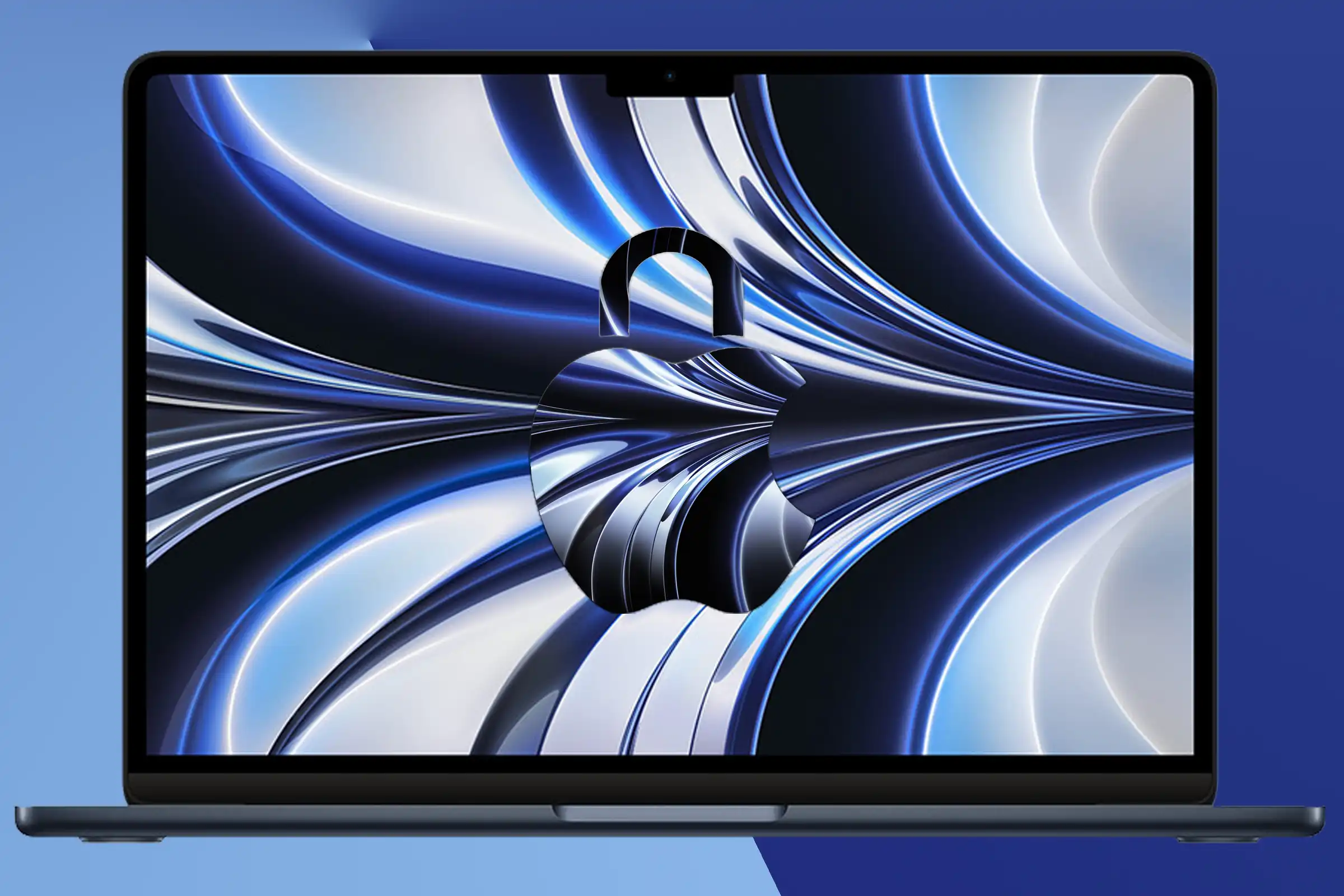In today’s digital age, security is a top priority. Whether you use a Mac or iOS device, it’s important to take steps to protect your personal and sensitive information. Here are some tips and best practices for securing your Mac/iOS device.
- Keep Your Software Up to Date Keeping your operating system, software, and apps up to date is one of the easiest ways to secure your device. Updates often include security patches and bug fixes, so it’s important to install them as soon as they become available.
- Use Strong Passwords Use strong passwords that are difficult to guess or crack. Avoid using common words or phrases, and mix up upper and lowercase letters, numbers, and symbols. Consider using a password manager to help you generate and store unique passwords for each account.
- Enable Two-Factor Authentication Two-factor authentication adds an extra layer of security to your accounts. When enabled, you’ll be required to enter a code in addition to your password to log in. This code can be sent to your phone via text message or generated by an authentication app.
- Use a VPN A VPN, or virtual private network, encrypts your internet traffic and routes it through a secure server. This can help protect your privacy and prevent unauthorized access to your data. There are many VPN services available, so be sure to do your research before choosing one.
- Enable Find My Mac/iPhone Enabling Find My Mac/iPhone allows you to locate your device if it’s lost or stolen. You can also remotely lock or erase your device to prevent unauthorized access to your data.
- Disable Automatic Login If someone gains physical access to your Mac, they’ll be able to access your files if automatic login is enabled. Disable automatic login and require a password to log in to your device.
- Use FileVault FileVault encrypts your entire Mac hard drive, protecting your data even if your device is stolen. Enable FileVault in the Security & Privacy settings on your Mac.
- Be Careful What You Download Only download apps and software from trusted sources, such as the Mac App Store. Be wary of downloading software from unknown websites, as they may contain malware or viruses.
- Enable Firewall A firewall helps prevent unauthorized access to your device by blocking incoming connections. Enable the firewall in the Security & Privacy settings on your Mac.
- Use Anti-Malware Software Consider using anti-malware software to protect your device from malware and viruses. There are many options available, so do your research to find the best one for your needs.
By following these tips and best practices, you can help protect your Mac/iOS device and keep your personal and sensitive information secure. Remember to stay vigilant and always be cautious when sharing personal information or downloading software.

